

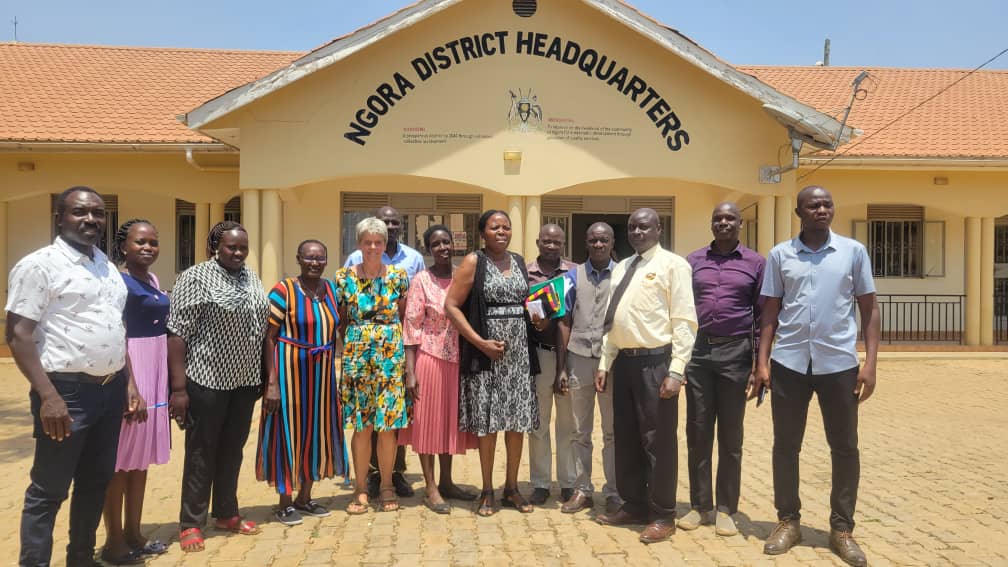
The project brief was designed to empower adolescent youth and communities in Soroti and Ngora Districts.
Access to sexual health education, menstrual hygiene, and proper WASH (Water, Sanitation, and Hygiene) infrastructure is a fundamental right for every individual. However, many schools and communities in rural Uganda still struggle with limited knowledge, inadequate facilities, and deeply rooted stigma around sexual health topics.
To address this, HADEO launched the Sexual Awareness Project in February 2024 in Ngora and Soroti districts. This initiative is designed to educate students, teachers, and communities on crucial issues related to sexual health, menstrual hygiene, and WASH infrastructure.
Through a multi-faceted approach involving training, community engagement, and media outreach, HADEO is working to break the silence, empower young people with knowledge, and improve overall health and hygiene standards.
Adolescent youth in Soroti and Ngora districts face numerous challenges, including limited access to sexual and reproductive health (SRH) information, high dropout rates, and increasing gang formations. These issues are often linked to inadequate parenting, lack of community support, and limited economic opportunities.
To empower adolescent youth and communities in Soroti and Ngora districts through comprehensive sexual awareness, parenting, and community-based initiatives, ultimately reducing school dropouts and gang formations.
1. Improve adolescent youth’s knowledge and skills on SRH, life skills, and entrepreneurship.
2. Enhance parenting skills and community support for adolescent youth.
3. Reduce school dropout rates among adolescent youth.
4. Prevent and respond to gang formations in Soroti and Ngora districts.
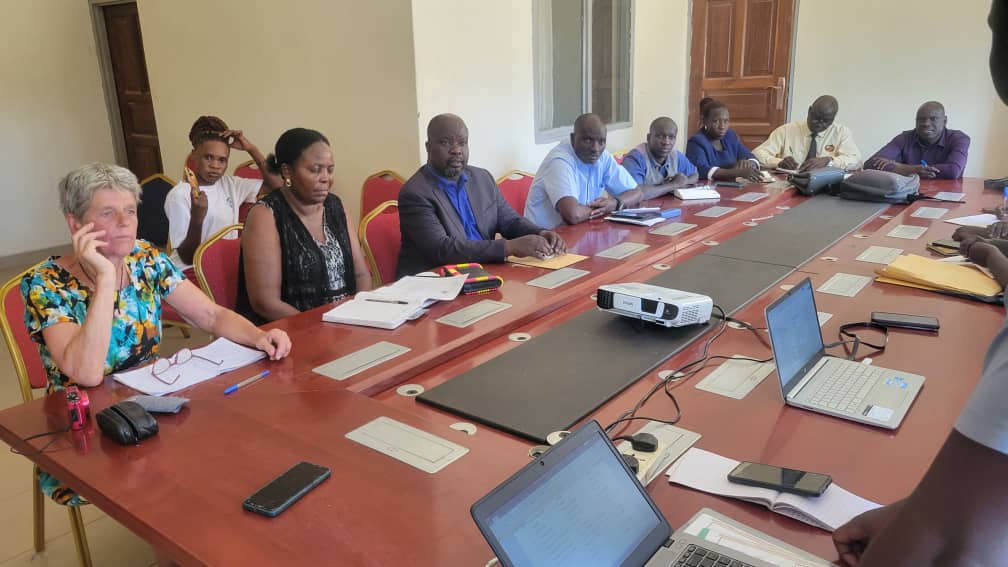
1. Comprehensive Sexual Awareness: Implement evidence-based SRH education programs in schools and communities, focusing on adolescent-friendly services and support.
2. Parenting and Community Engagement: Organize parenting drama shows, learning workshops, community dialogues, and support groups to promote positive parenting practices, community involvement, and social norms change.
3. Life Skills and Entrepreneurship: Provide training and mentorship programs for adolescent youth on life skills, entrepreneurship, and apprenticeship skills to enhance their economic opportunities.
4. School Dropout Prevention: Establish school-based initiatives, such as mentorship programs, counseling services, and academic support, to reduce dropout rates.
5. Gang Formation Prevention and Response: Collaborate with local authorities, community leaders, community liason officers of police and youth organizations to prevent gang formations, provide alternative livelihoods, and support rehabilitation programs for gang members.
1. Improved SRH knowledge and skills among adolescent youth.
2. Enhanced parenting skills and community support for adolescent youth.
3. Reduced school dropout rates among adolescent youth.
4. Decreased gang formations and improved community safety.
1. Partnerships: the project is going to Collaborate with local authorities, schools, community based organizations, and youth groups to implement the program.
2. Capacity Building: we shall Provide training and capacity-building programs for implementers, including teachers, community health workers, and youth leaders.
3. Monitoring and Evaluation: we have recruited a monitoring and evaluation officer to first track progress, identify challenges, and inform program adjustments.
1. Personnel: Hire of program staff, including a program manager, trainers, and community outreach workers has partially started.
2. Training and Capacity Building: we have allocated funds for training programs, workshops, and conferences.
3. Program Materials and Equipment: The program materials, such as SRH education manuals, radio programs,jingle adverts,drama and audio-visual aids have been programmed.
4. Community Outreach and Mobilization: funds have been allocated for community outreach and mobilization activities, including transportation, venue rental, and refreshments.
This project proposes a comprehensive program to empower adolescent youth and communities in Soroti and Ngora districts. By addressing SRH, parenting, and community support, while also providing life skills awareness and entrepreneurship skills, this program aims to reduce school dropout rates and gang formations, ultimately improving the well-being and livelihoods of adolescent youth in these districts.
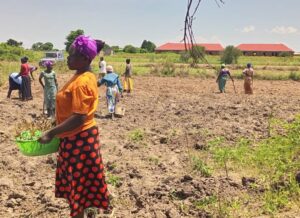
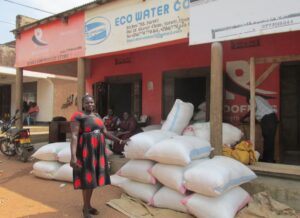
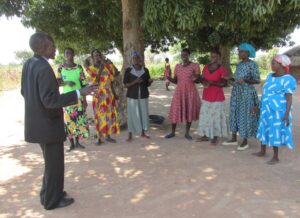
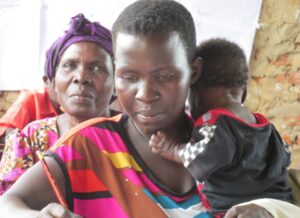

Leave a Reply